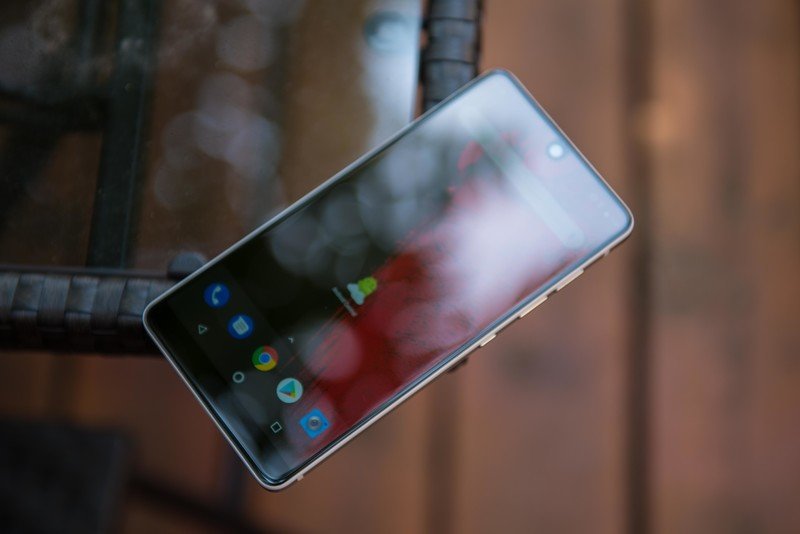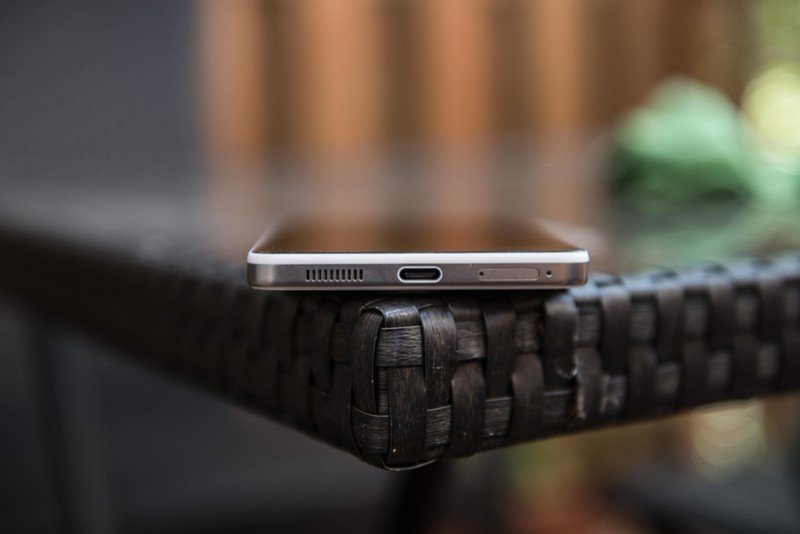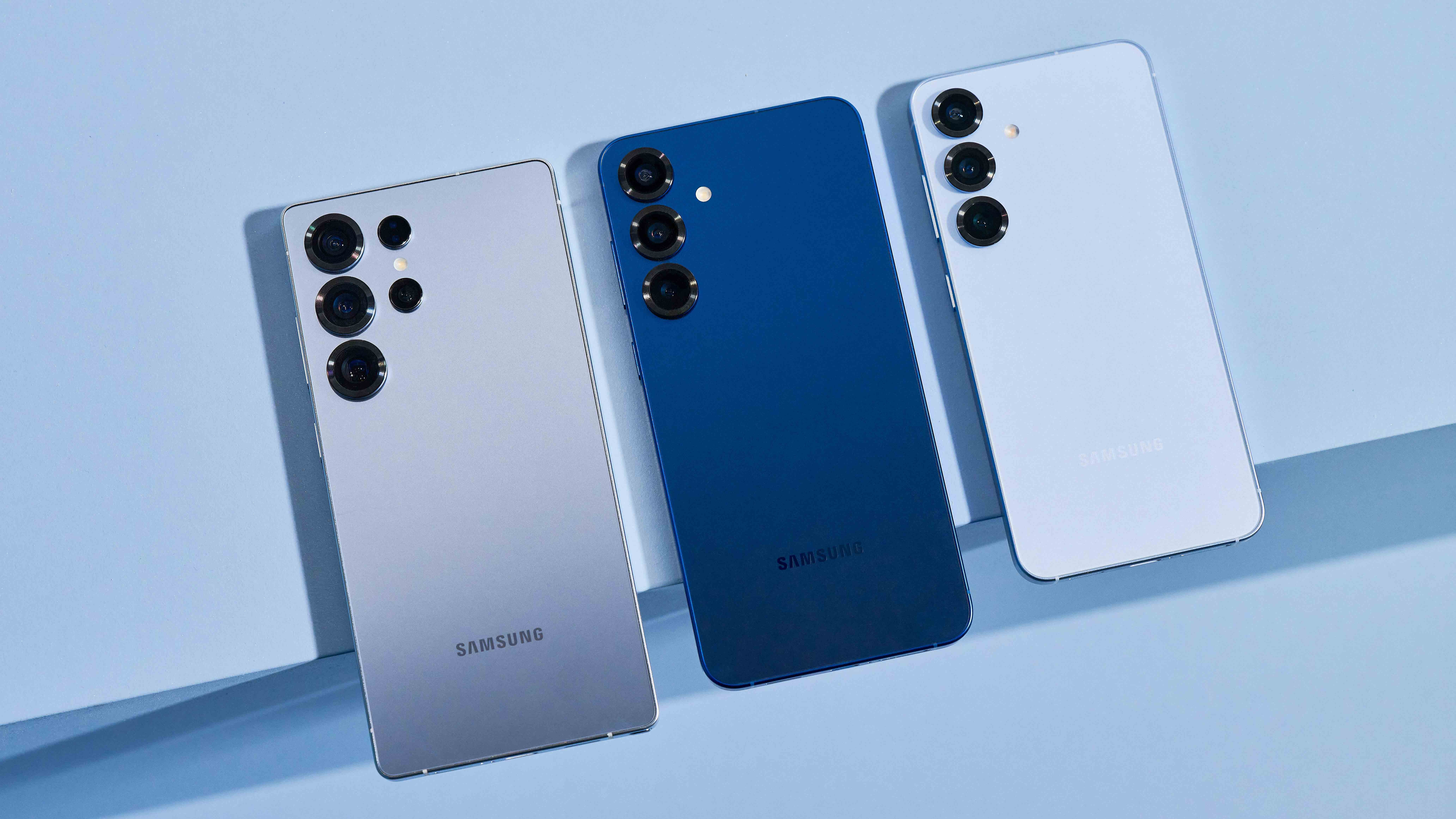The Essential Phone is a remarkable product released as a beta
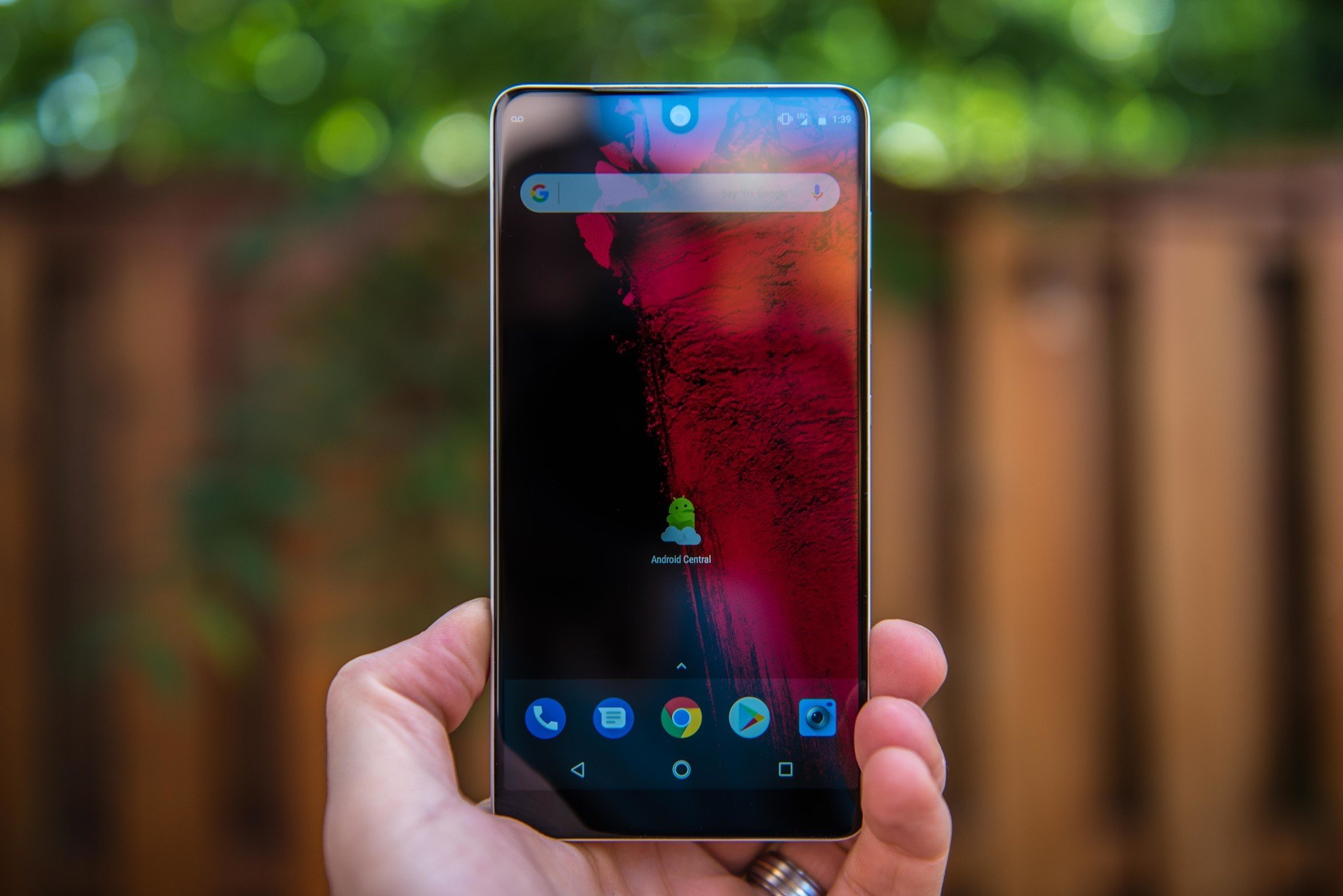
It's not uncommon for people to accuse Google of treating its users as beta testers, but that notion — release fast and broken, and fix problems later on — is, in fact, an entrenched part of the startup culture as a whole. It just looks unbecoming of a company with a market cap approaching $650 billion USD.
But year after year, Google gets away with it because it releases dozens of pieces of software for various platforms and ecosystems, and usually, over time, improves the reliability and performance of each one. It also gets away with it because Google as a company is an indelible part of our culture's fabric, and its core products — search, Android, Docs, and increasingly hardware like the Pixel, Home, and Chromecast — are used by millions of people every day. The occasional buggy software release stings, but does not linger.
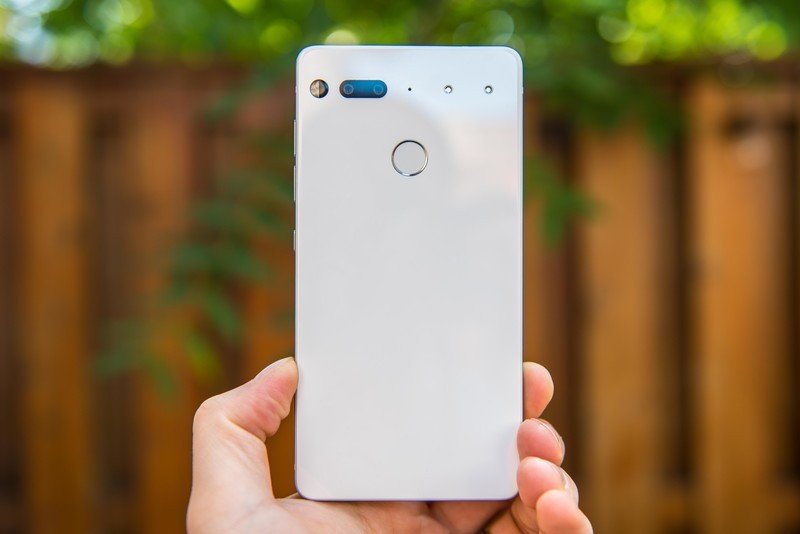
The Essential Phone is not finished. It shouldn't have been released until later this year.
Other companies don't have the luxury of such inconsistency. Essential, the nascent hardware startup run by former head of Android, Andy Rubin, has been embroiled in this kind of controversy — if you can call it that — over the past couple of weeks. Essential committed the worst sin a new company can make: it released a product before it was ready.
The Essential Phone is a remarkable achievement. It's dense and compact and beautifully made. Its screen goes right up to the edges, and the camera cutout forms a cyclops that, to me, enhances its visual appeal, mainly because in every other way it is the quintessence of minimalism.
But the hardware was finished long before the software. And Rubin, after announcing the product in May to enormous support and an uncharacteristic amount of anticipation from an industry cynical of new entrants and their ability to compete, likely felt a disproportionate amount of pressure to put this thing out into the world, to give the people, few as they may be, what they want.
After three big software updates, the phone has gone from almost unusable to almost amazing.
That was Rubin's biggest folly. The Essential Phone is not finished; it should have been kept under wraps until the late summer, and released in October or November — yes, later than he would have liked — so the team could iron out the enormous number of issues with the software. To the degree that public availability has given Essential's software engineers additional vectors to find and quash bugs, it has also marred what could have been a flawless release from a company that had 10 years of missteps by other manufacturers to use as guidance.
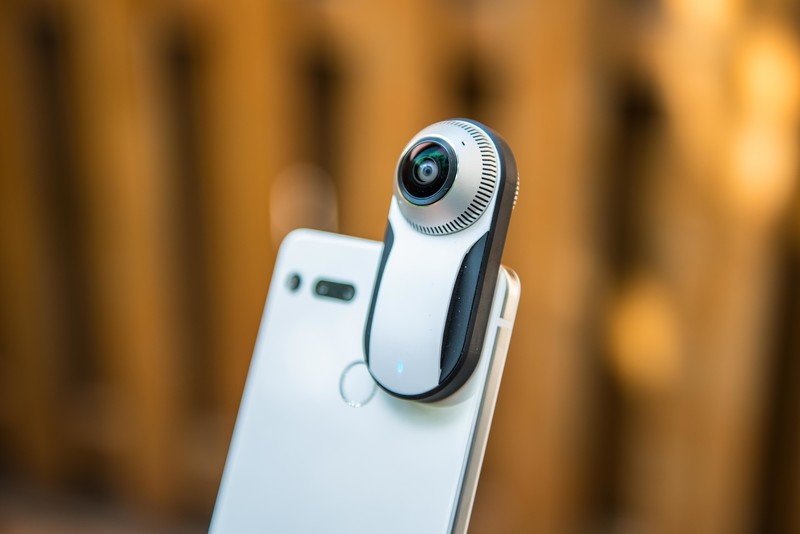
I've been using the Essential Phone for the better part of two weeks, and after three sizeable software updates peppered throughout the testing period, it has gone from unreliable to unbelievable. After the most recent (and largest) update, I have yet to experience a single hangup within the software itself — an approximation of "pure" (not stock) Android that wastes no time on extraneous features or bloat. There are features from other phones I miss, like the ability to pull down the notification shade with a swipe of my finger over the rear fingerprint sensor, but overall I've thoroughly enjoyed my time with the device.
Get the latest news from Android Central, your trusted companion in the world of Android
That wasn't the case for the first few days with the Essential Phone, and that metronomic leap between frequent slowdowns and seamless performance shouldn't have taken place at all. Given that these updates are being pushed on a fairly regular basis not just to the press but to buyers (early adopters, natch) of the phone is what gives me pause; this is an egregious overstep of the trust placed demanded from a company selling a $700 computer that one relies on all day, every day.
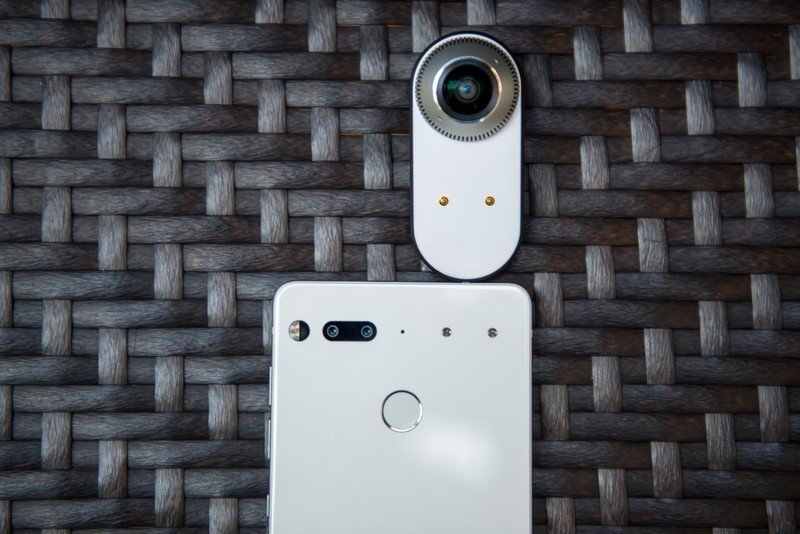
But here we are — we're over the hump. If you're a Sprint customer or just late to the party and are just picking up the phone today, all of this drama merely passed you by on the way to smartphone bliss. But the disproportionate amount of press coverage for a company this small speaks to the influence Rubin has over the wireless industry in general, and it doesn't look good for the Father of Android. This, however, will pass.
So that brings us to the Essential Phone of today. For a company of its tiny size, it has done a tremendous job fixing the majority of the phone's software problems. Using it today is largely like using any other phone running mature software, except it's doing so in a body covered tightly with titanium and ceramic. The white version I have, which isn't widely available yet, is eye-catching and tasteful.
That brings me to the single remaining sore spot of the Essential Phone, and one that Rubin says his team is furiously working to fix: the camera. It's been stated and restated that the Essential Phone's camera hardware is top-notch and that the company is trying to figure out how to improve photo quality on the software level. To this, I will say, "sure, that could happen," but more realistic is that this generation of Essential Phone will be remembered, once the dust settles, as the first-generation phone with the terrible camera.
That's really unfortunate because the camera is actually quite good in many environments. I've taken some stupendous shots, both still and action, in the light of day — photos that would stand up to most other high-end cameras on the market right now. Given those results, I was shocked by how bad the camera performed in poor lighting. It's abysmal.
I'd wager that Essential will get it from abysmal to just plain bad at some point down the line, but that improvement is also going to have to mirror improvements to the camera app itself, which, as Andrew pointed out in his review, feels like "a programmer's first camera app."
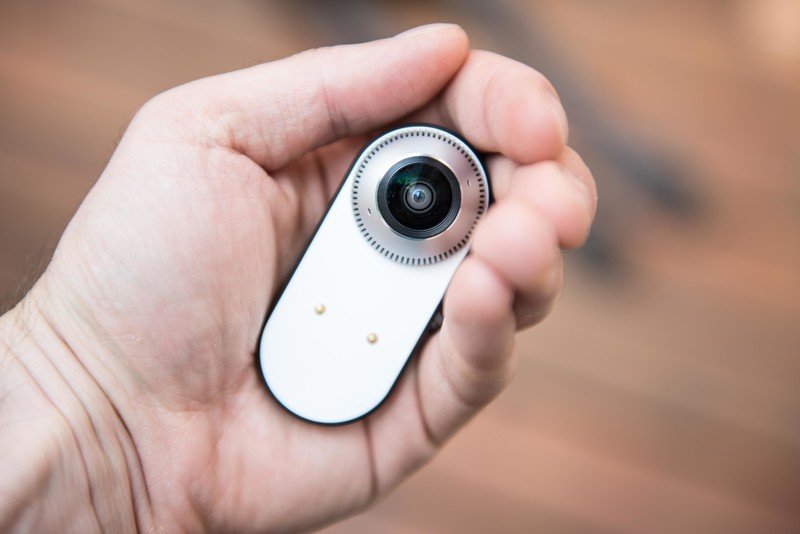
The same is true of the 360 camera accessory, which slickly attaches to the two magnetic power ports on the back of the phone. The accessory works most of the time, but its quality is pretty low, even compared to comparably-sized competitors like Motorola's 360-degree attachment for the Moto Z. Essential likely deserves credit for the audaciousness of its gamble, but credit doesn't sell phones.
At the end of the day, Essential built a beautiful phone with a lot of great ideas without the engineering talent to reinforce its vision. It's clear that many entities, perhaps even Essential itself, underestimated what went into building and optimizing a "pure" version of Android that resembles Google's own vision for the platform.
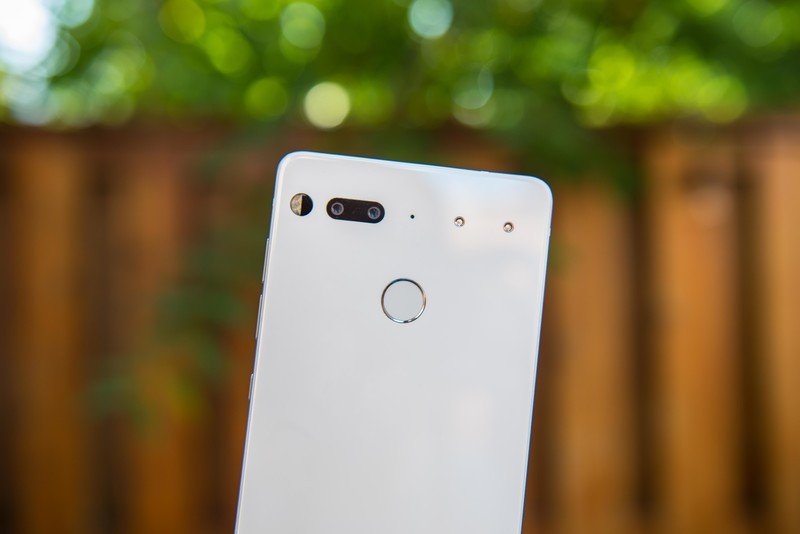
Perhaps Google, with its tendency to release software that, too, always seems to be one step away from stable, shouldn't have been the model for Essential's house of cards.
But no phone is perfect, and the Essential Phone is a fundamentally solid and approachable piece of hardware that, while expensive, does a lot of things really well. I actively and enthusiastically recommend it to anyone who doesn't need to take great photos in every lighting condition, because once you get past that, there's a hell of a lot to like here.
I've been using the phone on TELUS's network (which is helpful, because it's a TELUS exclusive) and while there's no VoLTE yet, it performed beautifully in all network-related affairs, from calls to big downloads.

Daniel Bader was a former Android Central Editor-in-Chief and Executive Editor for iMore and Windows Central.
